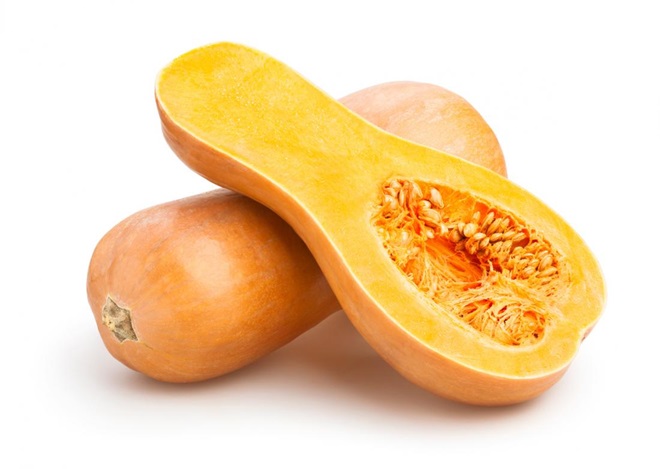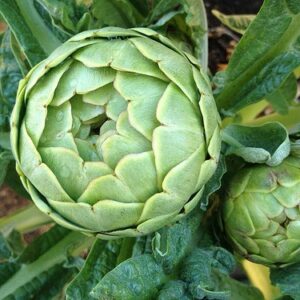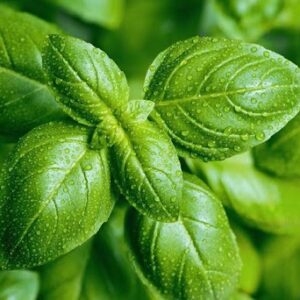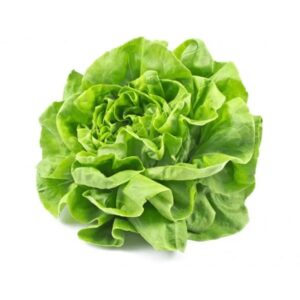Butternut Squash Squash
Butternut squash is a winter squash variety renowned for its sweet, nutty flavor and creamy texture. It typically has a bell-like shape with a bulbous base and a slender neck. The skin is tan or beige, often with hints of orange, and it’s smooth and easy to peel. Inside, the flesh is vibrant orange and dense.
Butternut squash is a winter squash variety renowned for its sweet, nutty flavor and creamy texture. It typically has a bell-like shape with a bulbous base and a slender neck. The skin is tan or beige, often with hints of orange, and it’s smooth and easy to peel. Inside, the flesh is vibrant orange and dense.
Description
Butternut squash is a winter squash variety renowned for its sweet, nutty flavor and creamy texture. It typically has a bell-like shape with a bulbous base and a slender neck. The skin is tan or beige, often with hints of orange, and it’s smooth and easy to peel. Inside, the flesh is vibrant orange and dense. When cooked, it offers a rich, sweet taste with subtle earthy undertones. Butternut squash is versatile and can be roasted, pureed, or used in soups, stews, and various dishes. Rich in vitamins, minerals, and fiber, it’s both nutritious and delicious.
Planting instructions:
To plant butternut squash:
1. **Choose the Right Location**: Select a sunny spot in your garden with well-draining soil.
Butternut squash thrives in full sun, so aim for at least 6-8 hours of sunlight per day.
2. **Prepare the Soil**: Work the soil to a depth of about 12 inches, incorporating plenty of organic matter like compost or well-rotted manure. This helps improve soil fertility, drainage, and moisture retention.
3. **Planting Seeds or Seedlings**: Butternut squash can be grown from seeds or seedlings. If planting seeds directly in the ground, sow them about 1 inch deep and space them 2-3 feet apart in rows or hills. If using seedlings, transplant them into the garden with the same spacing.
4. **Watering**: Keep the soil consistently moist but not waterlogged, especially during the germination and early growth stages. Water at the base of the plants to avoid wetting the foliage, which can lead to disease.
5. **Mulching**: Apply a layer of mulch around the plants to help retain moisture, suppress weeds, and regulate soil temperature.
6. **Fertilizing**: After the plants have established themselves, fertilize them with a balanced fertilizer according to the package instructions. Repeat every 3-4 weeks throughout the growing season to support healthy growth and fruit development.
7. **Support**: Consider providing support for the vines, especially if space is limited or if you’re growing vertically. Trellises or sturdy stakes can help support the heavy fruit and prevent them from touching the ground.
8. **Pruning**: While not necessary, you can prune the vines to promote air circulation and reduce the risk of disease. Trim away any dead or diseased foliage as needed.
9. **Pest and Disease Control**: Monitor the plants regularly for signs of pests or disease, such as aphids, squash bugs, or powdery mildew. Take appropriate measures to control these issues, such as handpicking pests or applying organic insecticides.
10. **Harvesting**: Butternut squash typically matures in 75-100 days, depending on the variety and growing conditions. Harvest the squash when the skin has hardened and turned a deep tan or beige color. Leave a few inches of stem attached to the fruit, and handle them carefully to avoid bruising.
By following these planting instructions, you can successfully grow butternut squash and enjoy a
bountiful harvest of delicious, nutritious squash throughout the growing season.





